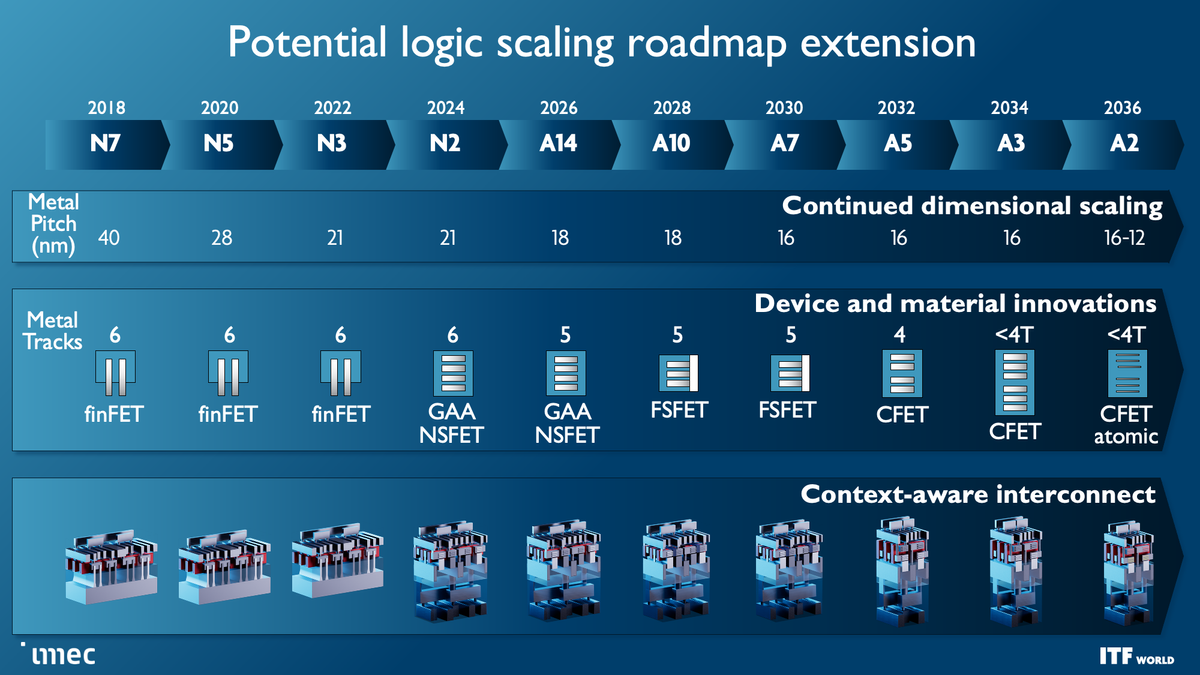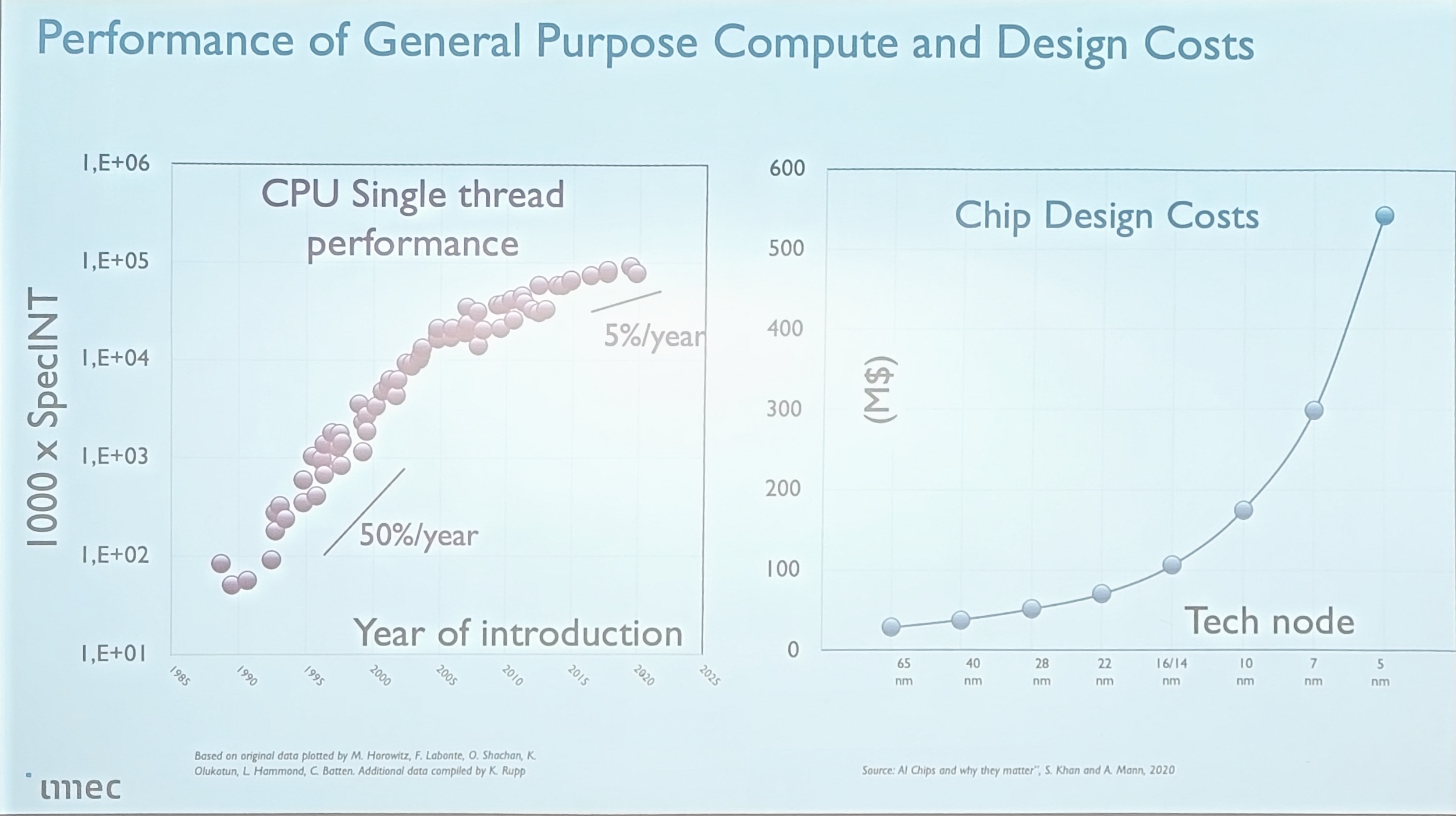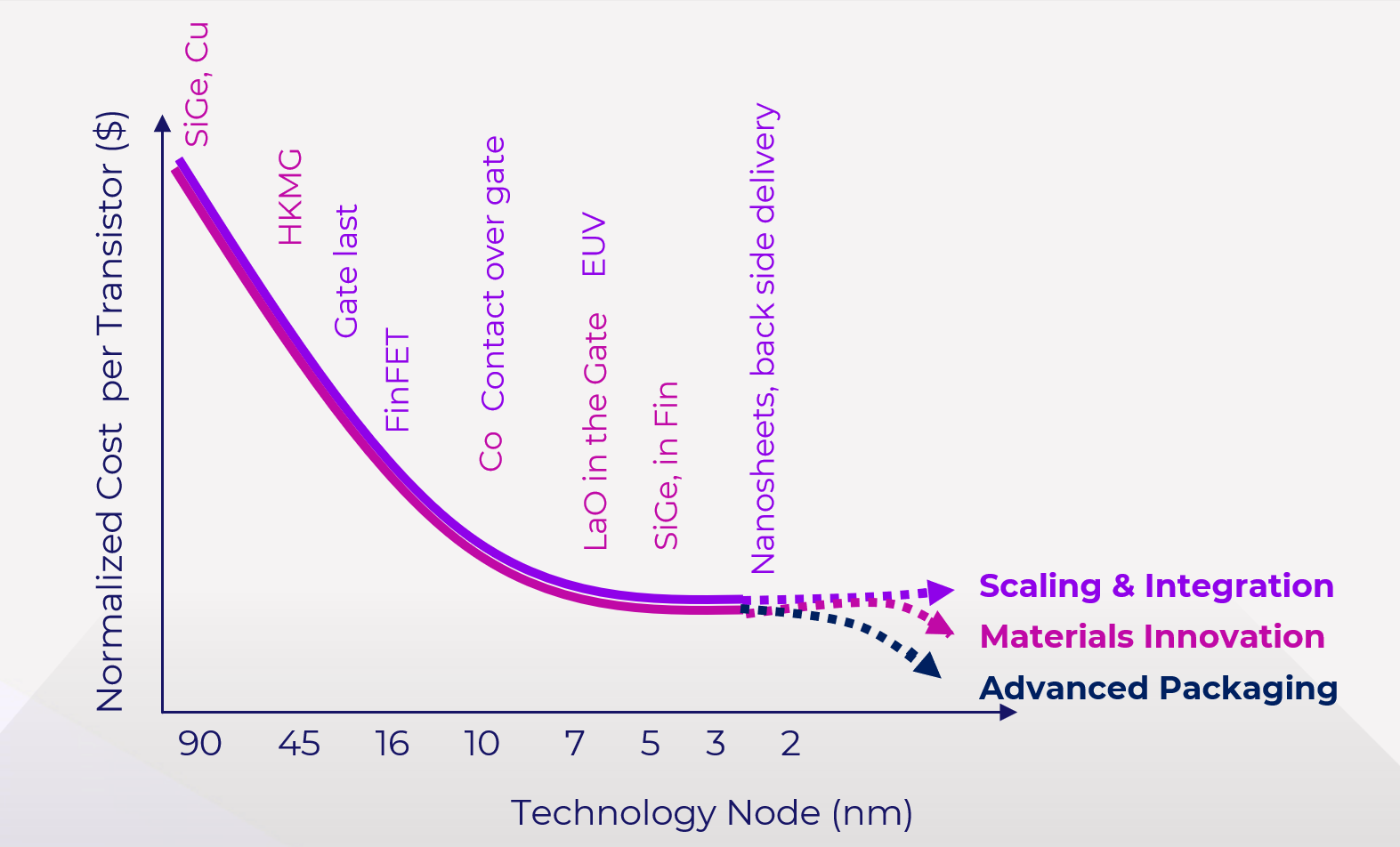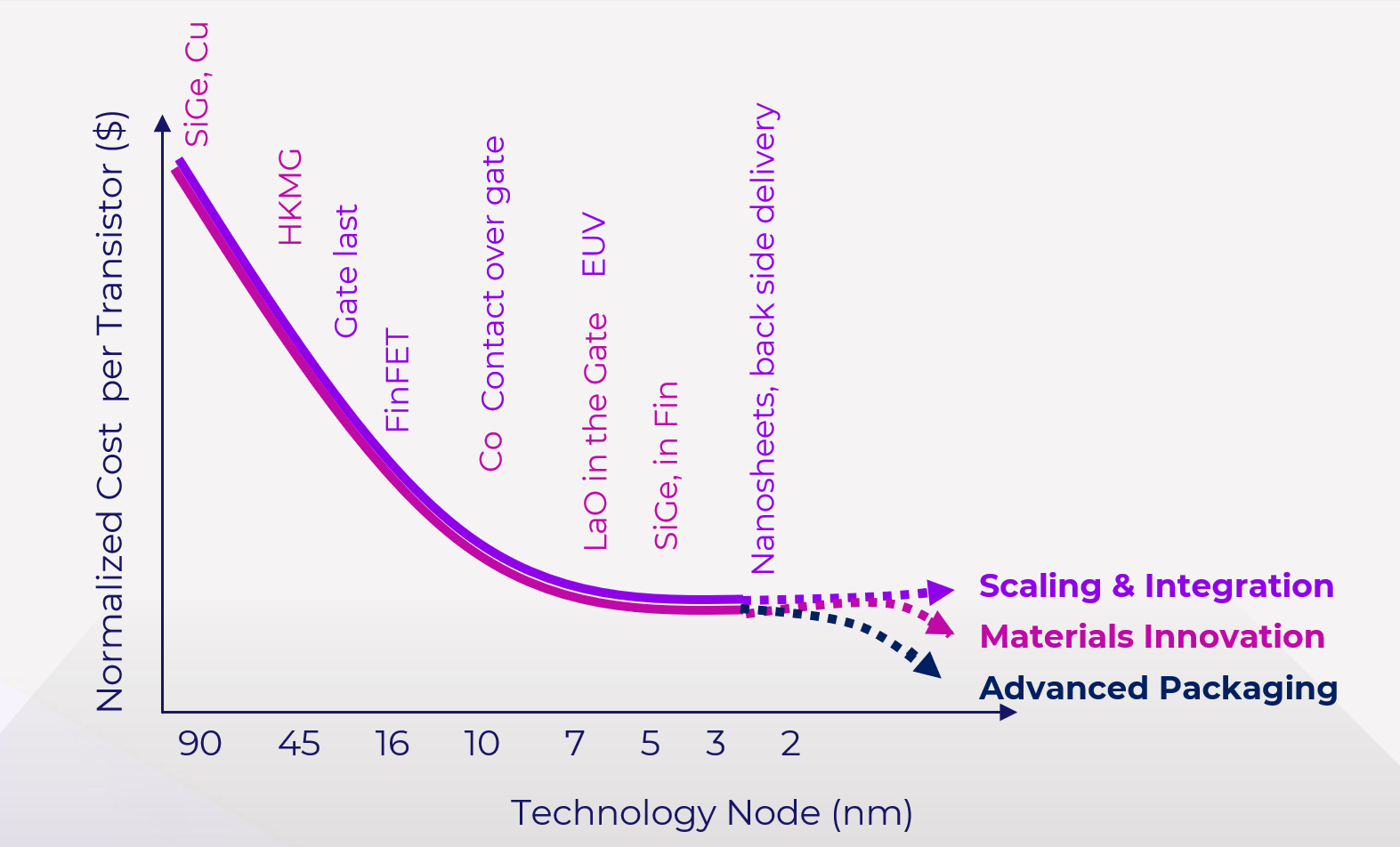Intel CEO Pat Gelsinger announced at the company’s Innovation 2023 conference that it has a new 288-core fifth-gen Xeon processor coming to market in the fourth quarter of 2024. The company’s fifth-gen Xeon products arrive on December 14.
Intel Announces 288-Core Processor, 5th-Gen Xeon Arrives December 14 : Read more
Intel Announces 288-Core Processor, 5th-Gen Xeon Arrives December 14 : Read more









